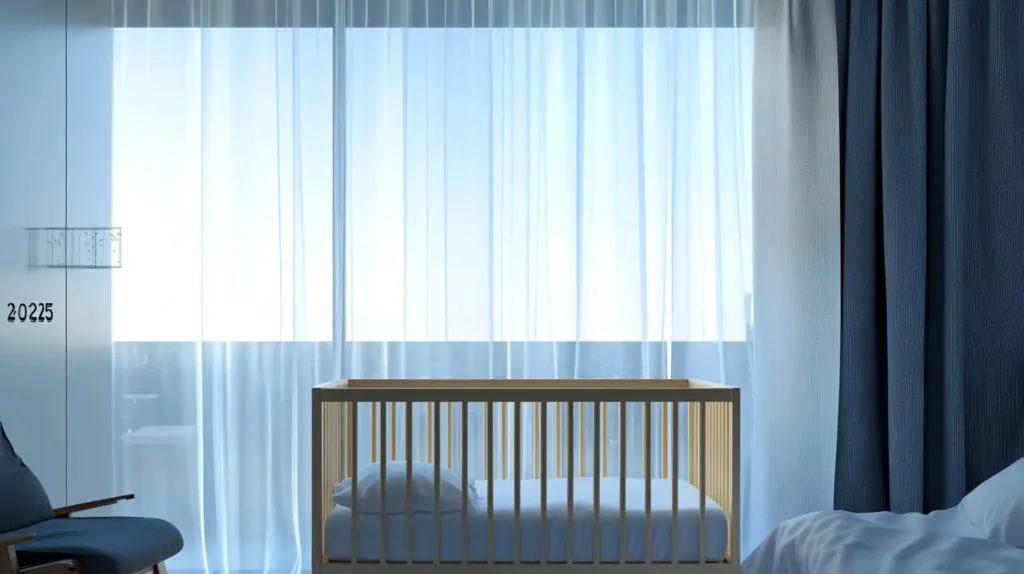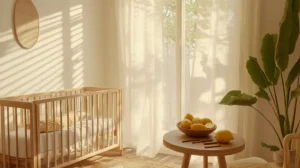Table of Contents
Toggle7 Minutes to Transform Your Baby’s Sleep Space: 2025’s Must-Know Safety Updates
This may sound crazy, but the way to protect your sleeping baby isn’t what you think. Have you ever felt that the more baby products you buy, the more confused you become about what’s actually safe? Maybe that’s a fancy bassinet, a sleep positioner, or that adorable matching bedding set that catches your eye in the store. In this blog post, I’m going to share with you something I really wish I learned sooner as a new parent.
I shared this with a frazzled mama at our playgroup who recently asked for my advice. She so badly wanted to stop feeling anxious every time she put her baby down to sleep. She wanted simple, clear guidance that would help her move forward confidently in creating a safe sleep space that worked for her home, her baby, and her sanity.
Let me explain how this works. I used to overthink everything about my baby’s sleep environment. Every purchase, every placement, every possible scenario. And I thought if I just cared more about getting things perfect, about what the mommy groups thought about avoiding every potential risk, I’d be doing the best for my baby. But in reality, caring too much about the wrong things was just holding me back from understanding the simple, science-backed essentials.
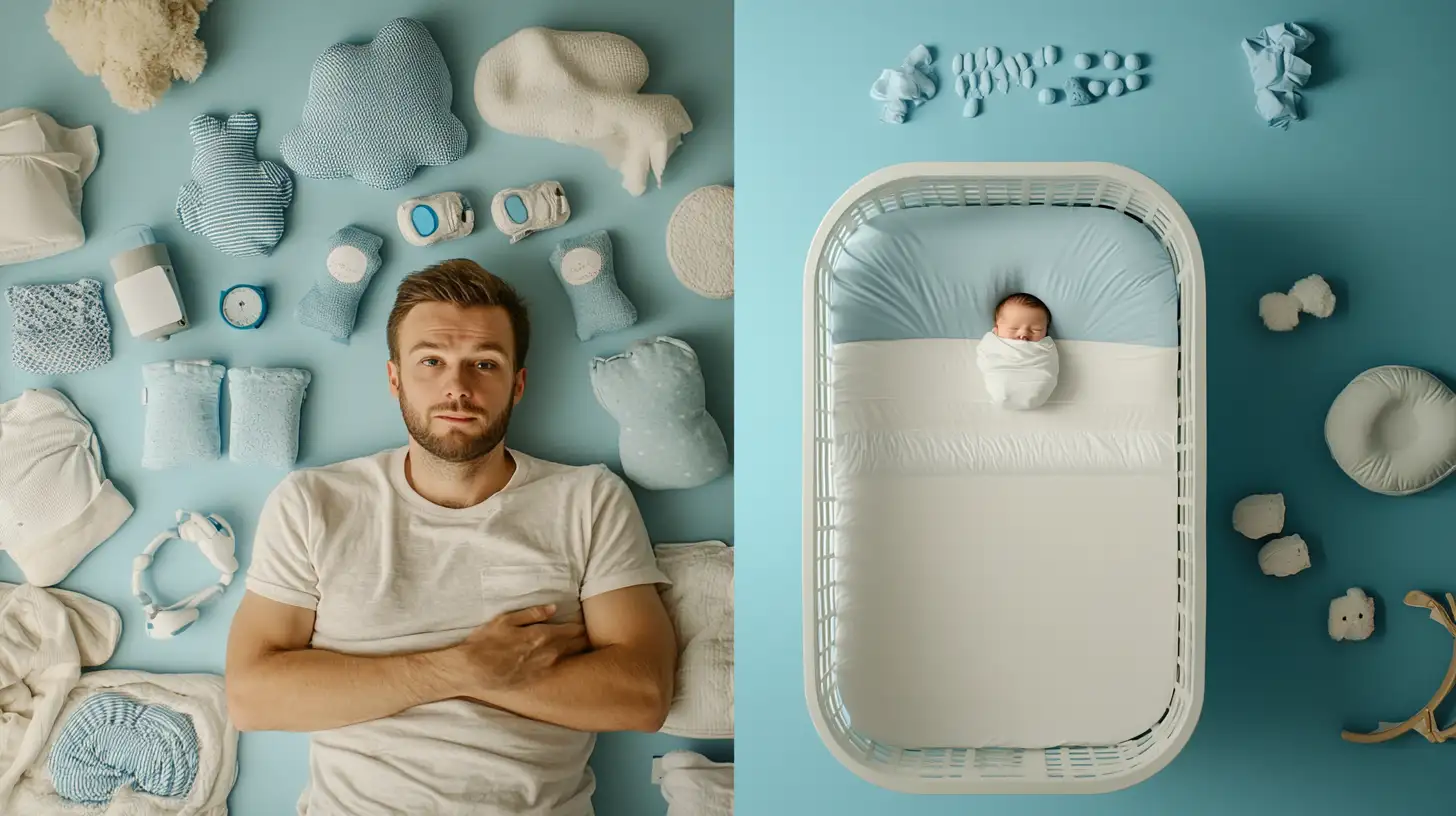
Why 2025’s Updated Guidelines Actually Simplify Your Life
I made a change in my approach that made me more confident and started to close that gap between having anxiety about my baby’s sleep and actually creating a truly safe space without unnecessary stress.
I stopped caring about having the trendiest nursery items. I stopped caring about having everything match perfectly. I stopped caring about what other parents might think of my baby’s simple sleep space. And really, all this changed everything for me and my baby’s sleep safety.
Because I think here is the biggest mistake that most parents make. We think by adding more items – more monitors, more cushioning, more gadgets – that will make things safer. We believe that if we just invest in enough products, our babies will be protected. I mean, you hear all the things on social media and from well-meaning relatives, right?
But sometimes, don’t you feel that the opposite is true? I mean, think about it right? The more stuff you add to your baby’s sleep space, the more potential hazards you introduce. The more complicated systems you create, the more points of failure exist. The more you rely on products rather than principles, the less you trust your own parental instincts.
The 2025 safe sleep recommendations have actually simplified what we need to focus on, and I’m going to share exactly what those are, drawing from the latest research and expert consensus. These guidelines embrace the less is more approach that not only makes scientific sense but also makes your life as a parent easier.
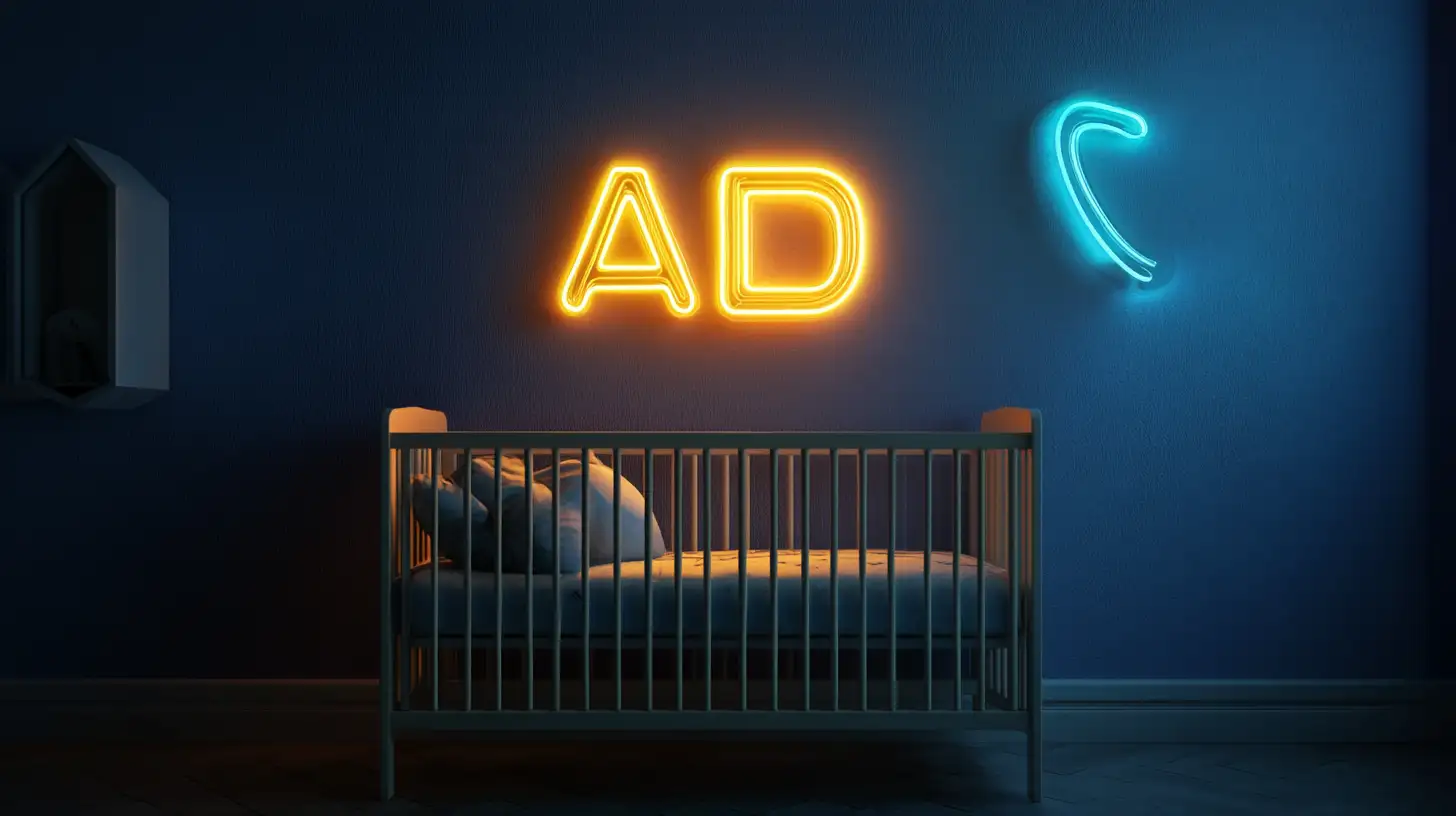
The ABCDs of Safe Sleep: What Really Matters in 2025
The irony here is that when you’re no longer holding on to unnecessary anxiety and focusing on what truly matters, you move differently as a parent. You show up differently. You become calmer, you become more present, and you’re much more effective at creating a genuinely safe environment.
The 2025 guidelines continue to emphasize what experts now call the ABCDs of Safe Sleep – a simple framework that cuts through the noise:
- A is for Alone: Baby sleeps alone, with no loose bedding, bumpers, stuffed animals, or positioning devices. The 2025 update emphasizes that even the newest breathable mesh products still aren’t recommended.
- B is for Back: Always place baby on their back to sleep. The 2025 guidelines now specifically address side sleeping as a risk factor based on new research.
- C is for Crib: Use a firm, flat sleep surface in a safety-approved crib or bassinet with a tight-fitting sheet. The 2025 update now includes specific guidance on what firm means – namely that when you press on the mattress, it shouldn’t conform to the shape of baby’s head.
- D is for Different room but same surface: Room-sharing (not bed-sharing) with baby is recommended for at least the first 6 months, ideally the first year. The 2025 update strengthens this recommendation based on new data showing a nearly 50% reduction in SIDS risk.
The best part? These guidelines work regardless of your budget, the size of your home, or your parenting philosophy. They are about principles, not products. About safety, not style.
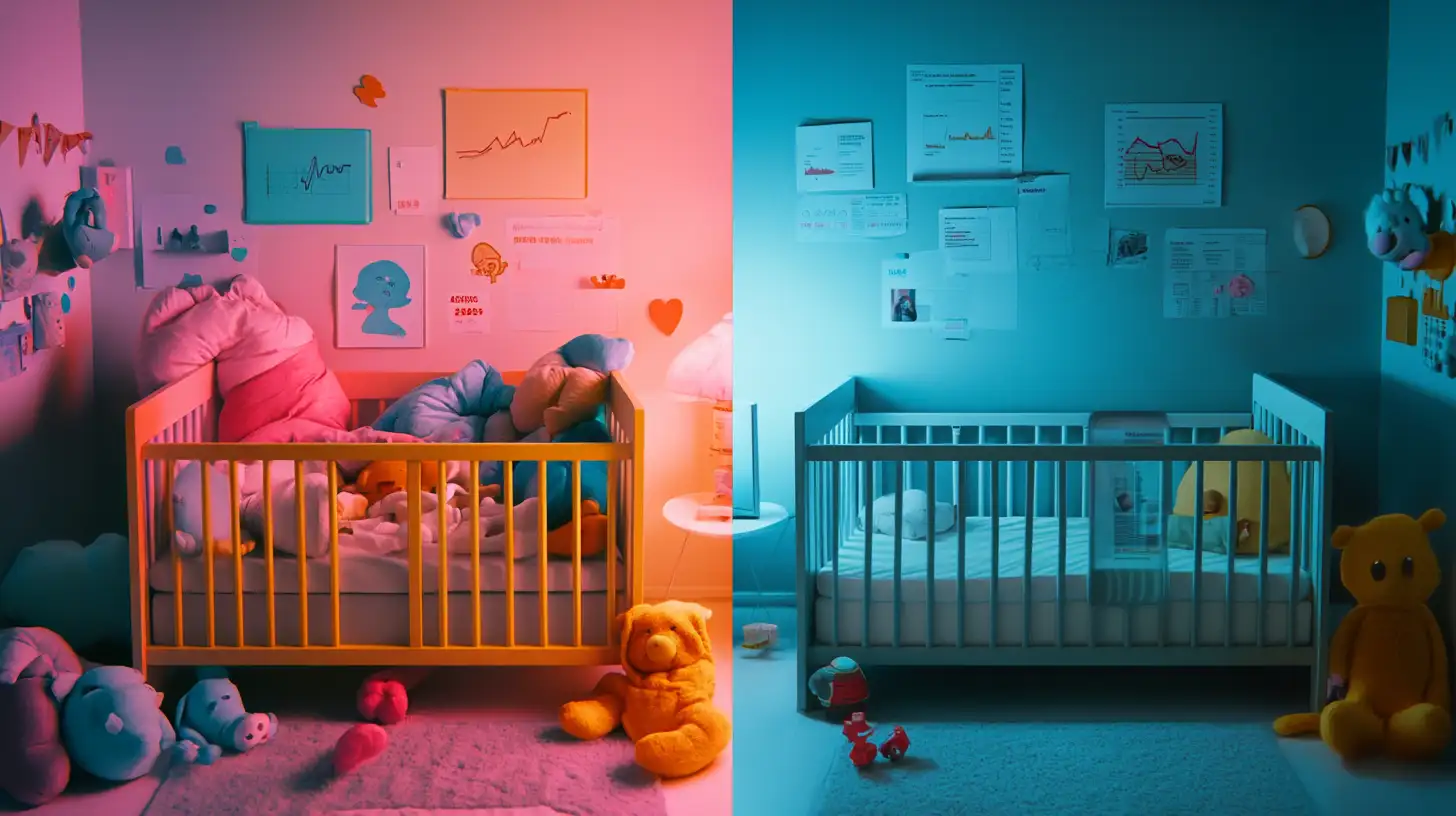
The Unexpected Truth About Baby Sleep Products in 2025
When I first became a parent, I went wild in the baby stores. I thought every product labeled sleep safe actually was. My tiny island apartment was soon overflowing with things I thought I needed. My grandmother back in Trinidad would have laughed at all these gadgets – she raised seven children with none of them!
But here’s what the 2025 recommendations make crystal clear: many common sleep products actually increase risk rather than reduce it. The updated guidelines now specifically warn against:
- Inclined sleepers and positioners: The 2025 update includes new research confirming that any incline beyond 10 degrees increases the risk of positional asphyxiation.
- Breathable crib bumpers: Despite marketing claims, the 2025 guidelines maintain that all crib bumpers, even mesh or breathable ones, pose risks without providing benefits.
- Smart monitors claiming to prevent SIDS: The 2025 recommendations emphasize that no monitoring device has been proven to reduce SIDS risk and may create a false sense of security.
- In-bed sleepers: The 2025 update includes new data on risks associated with in-bed sleepers and emphasizes that none meet safe sleep guidelines.
When I finally embraced this simpler approach – focusing on the ABCDs rather than accumulating products – I not only created a safer sleep environment but also saved money and reduced my anxiety. Because here’s the thing: if you follow these core principles, you’re doing everything current science says you can to protect your baby during sleep.
And I think it’s time that we all embrace this with-or-without energy. So the feeling that you’re going ahead with confidence using the proven basics, without all the extras. This helps you to show up more confident with every bedtime routine.
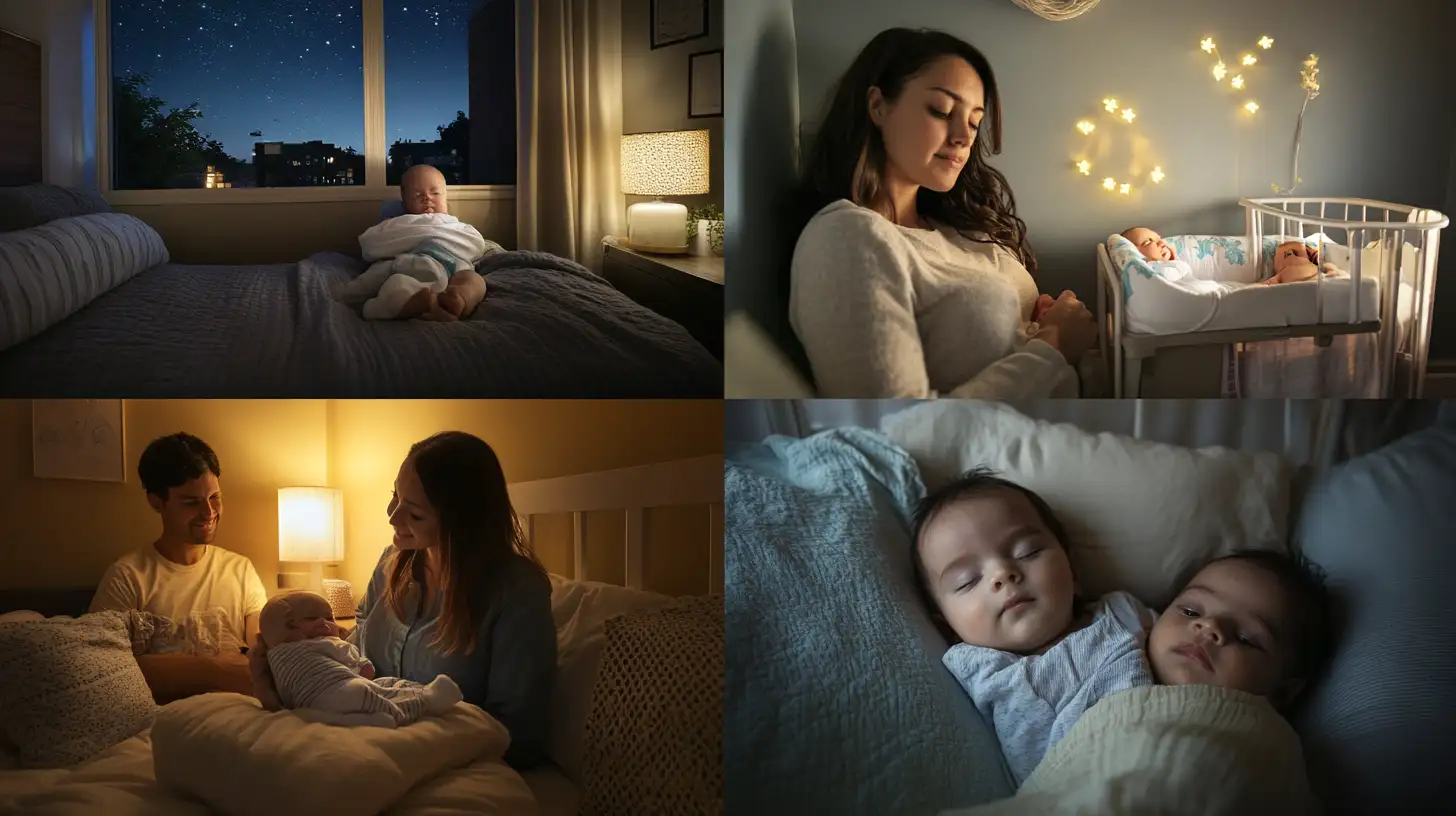
Making It Work in Real Homes: Practical Implementation
This really brings me to this next point of acknowledging that not every home is a picture-perfect nursery from a magazine. We live in real spaces with real constraints.
When my second baby came along, we were still in our one-bedroom apartment. There was no nursery. There was barely room for a crib! But the beautiful thing about the 2025 guidelines is that they work anywhere—if you understand the principles.
Here are practical ways to implement these guidelines in different home situations:
- Small spaces: A bassinet that meets current safety standards can fit beside your bed even in tiny bedrooms. The 2025 guidelines specifically mention that room-sharing doesn’t require a separate room for baby—just a separate sleep surface.
- Budget constraints: The 2025 recommendations acknowledge that a expensive crib isn’t necessary. A simple pack-and-play with a firm mattress (not adding extra padding) meets all safety requirements.
- Multiple children sharing rooms: The updated guidelines include specific advice for families where siblings share rooms, including keeping mobiles and toys from older children away from the baby’s sleep area.
- Different cultural sleep practices: The 2025 update acknowledges diverse cultural approaches while still emphasizing core safety principles that cross cultural boundaries.
The new guidelines also address temporary sleep locations like grandparents’ homes, travel, and daytime naps. The consistent message across all scenarios is maintaining the ABCDs of safe sleep, regardless of the specific setting or circumstances.
I remember visiting my in-laws and bringing nothing but a simple travel bassinet—no extras, no frills. My mother-in-law kept trying to add blankets and stuffed animals, but I gently explained the guidelines. By focusing on principles rather than a long list of dos and don’ts, it was easier to help others understand and respect these important safety measures.
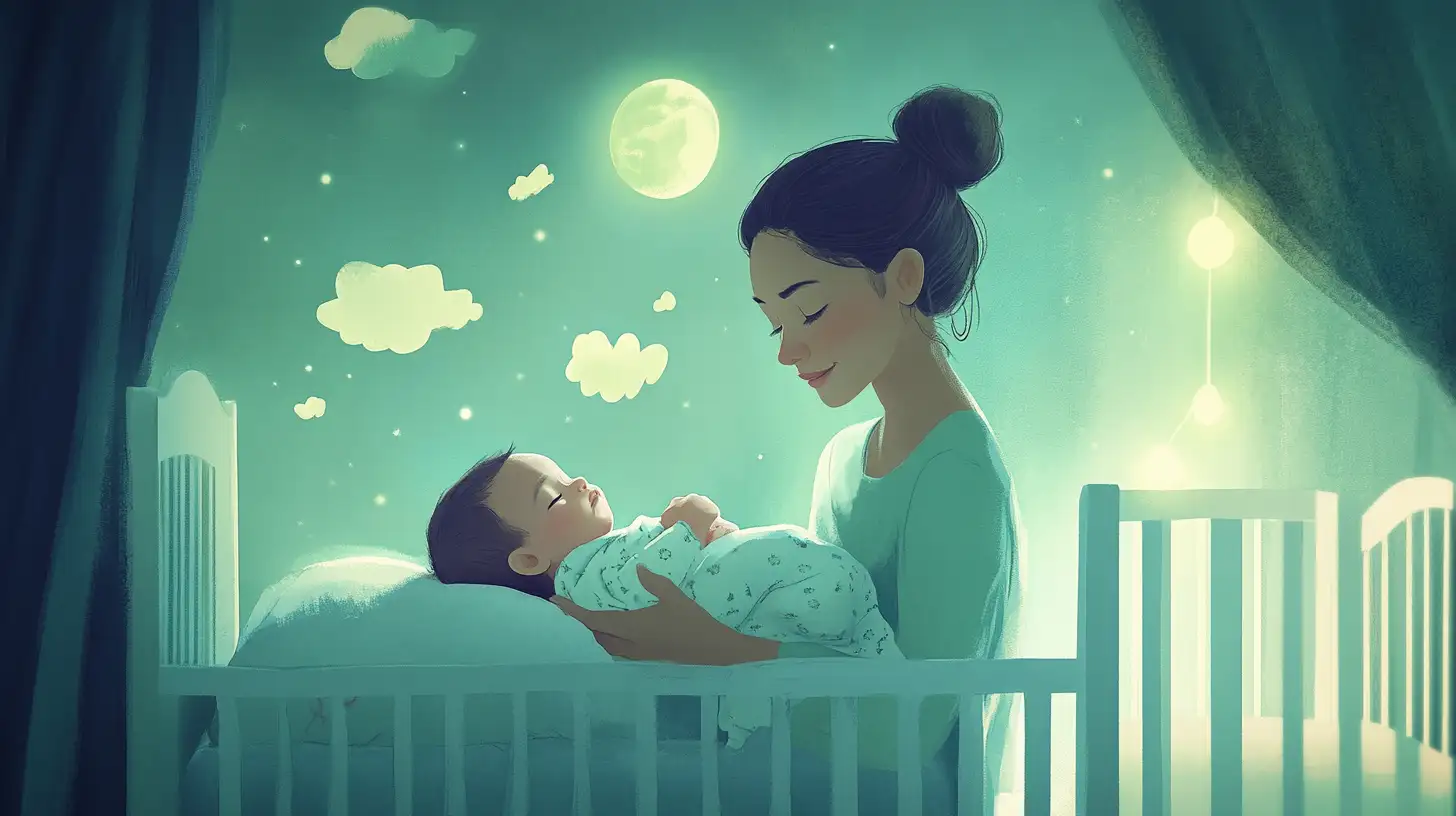
Working With Your Baby’s Unique Sleep Patterns
I’m a perfectionist by nature. And if you are too, shout out to all the perfectionists out there, including my friend who I mentioned earlier who asked for my advice. What I learned about overcoming my perfectionism around baby sleep is that perfectionism isn’t about trying to create the perfect sleep environment. It’s about never feeling like you’re doing enough to keep your baby safe.
The 2025 guidelines address this by acknowledging that babies have their own sleep patterns and preferences, which may sometimes seem at odds with the recommendations. Here’s how to work with your unique baby while still maintaining safe sleep principles:
- For babies who seem to prefer tummy sleeping: The 2025 guidelines recommend extra supervised tummy time during waking hours to help satisfy this preference while still placing baby on their back for sleep.
- For babies who startle easily: Instead of loose blankets, the updated recommendations suggest sleep sacks or wearable blankets that keep the arms free.
- For babies who seem to sleep better inclined: The 2025 guidelines address this common concern, suggesting checking for reflux or other medical issues rather than using inclined sleep products.
- For parents concerned about flat head syndrome: The updated recommendations include specific guidance on preventing positional plagiocephaly through repositioning during supervised awake time rather than using positioning devices during sleep.
For me to overcome my anxiety around my baby’s sleep, I had to understand and fully embrace that following the core safety principles was enough. That I didn’t need to do more than what the evidence-based guidelines recommended.
So when I stopped procrastinating on embracing this simpler approach, this is when everything changed. I put away all the extra safety gadgets. I stopped checking the baby monitor every two minutes. And I started trusting that the basic, evidence-based approach was truly the safest option.
Your Sleep Confidence Journey Starts Now
Because here is the most powerful thing in parenting: when you embrace your progress as a parent versus trying to achieve some perfect result, you will achieve more peace than you ever thought possible.
Knowing that what you have—your attention to these simple guidelines—is enough, and that you are enough for your baby. By taking that next step forward in creating a safe sleep environment without obsessing over every little thing, but really just trusting in the process and the science. That is the secret to both safety and sanity as a parent.
And this really brings me to the point that this fear of judgment and rejection from others about your baby’s sleep setup—the simple bassinet, the lack of matching bedding sets, the absence of all those marketed must-haves—they are really just stories that you’re telling yourself.
Because at the end of the day, people who truly care about your baby’s wellbeing won’t mind your focus on safety over style. And for the people who mind, they don’t matter when it comes to your baby’s safety. Not in your life as a parent making the best choices you can.
So why waste another moment living for someone else’s approval of your nursery aesthetics? Why not create a sleep environment that actually prioritizes what matters—your baby’s safety and your peace of mind?
The one that aligns with your values, your home situation, and your version of what good parenting means to you. Wherever you’re reading this blog post, I want you to have the courage, clarity, and the power to create a safe sleep environment on your terms—guided by science, not social media or marketing.
Because you become powerful as a parent when you stop caring about the wrong things and focus on what truly matters. And you become unstoppable when you know that by following these updated 2025 guidelines, you’re giving your baby the safest sleep possible.
If you’ve given your all to understanding and implementing these safety measures, then you have already won at this part of parenting. Thank you so much for being here. If you like this post, you might also like my next one about how one simple bedtime routine idea changed how my family sleeps forever. I look forward to seeing you in the next post.
Step into Sue Brown's World of Baby Care, where you'll find a treasure trove of knowledge and wisdom waiting to be explored. Sue's dedication to providing accurate and up-to-date information on baby care shines through in every article, blog post, and resource she shares. From newborn essentials to sleep training tips, breastfeeding advice to nurturing your baby's development, Sue covers a wide range of topics that are essential for every parent to know. Her warm and compassionate approach creates a sense of community and reassurance, making her website a safe haven for parents seeking guidance and support. Let Sue Brown be your partner in this beautiful journey of parenthood, as she empowers you to create a loving, nurturing, and thriving environment for your little one.
- Indoor Air Quality for Infant Respiratory Health - October 20, 2025
- Positive Discipline Foundations: Setting the Stage From Infancy - October 18, 2025
- 2025’s Most Innovative Baby Products Worth the Investment - October 16, 2025

